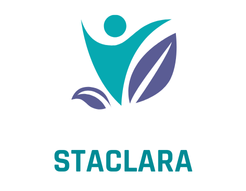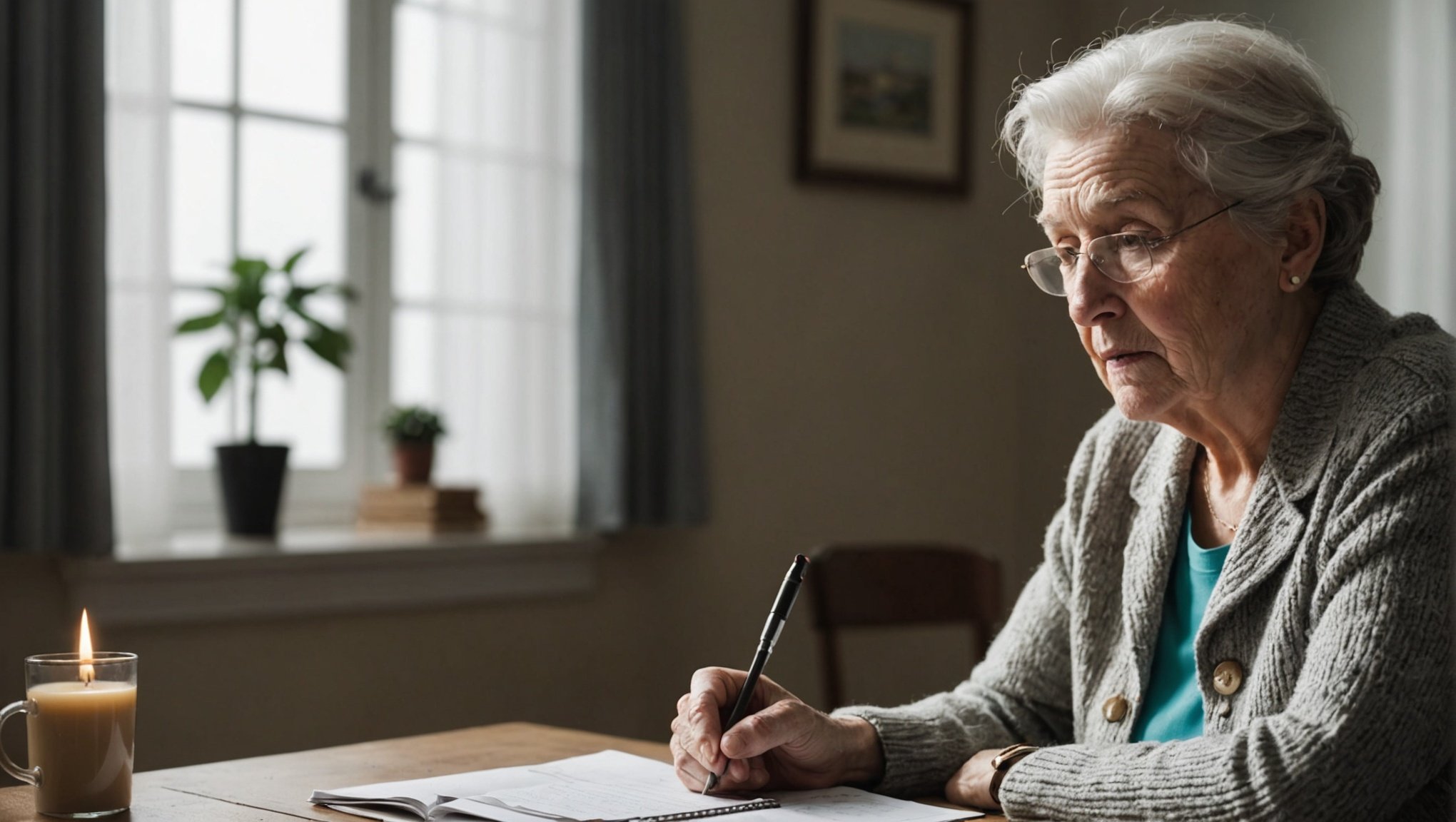Lighting plays a pivotal role in shaping our emotional landscapes, particularly for seniors grappling with depression. This often-overlooked factor can significantly influence mood, motivation, and social interactions. By examining how different lighting conditions affect emotional well-being, we can uncover practical solutions to enhance the lives of older adults. Explore the connection between light and mood, and discover innovative strategies that can transform living environments into supportive spaces for emotional healing.
Understanding the Relationship Between Lighting and Emotional Well-Being
Exploring the intricate relationship between lighting and emotional health reveals significant insights into our well-being.
Also read : Exploring the Advantages of Peer Counseling for Seniors Coping with Loss
Scientific Studies and Mood Enhancement
Numerous studies have demonstrated that lighting conditions can significantly influence mood. For instance, research indicates that exposure to bright, natural light can enhance mood and increase energy levels, particularly in seniors. This is largely due to its effect on serotonin levels, a neurotransmitter associated with mood regulation.
Natural Light and Serotonin
Natural light exposure is crucial for maintaining healthy serotonin levels. Seniors, who may spend more time indoors, can benefit greatly from increased exposure to natural light. This exposure helps maintain a positive mood and can alleviate symptoms of depression. A study by the National Institute of Mental Health highlights how natural light directly influences serotonin production, underscoring its importance in emotional health.
In the same genre : Enhancing Sleep Quality: Essential Dietary Adjustments for Seniors Over 75
Artificial Lighting and Emotional Impact
Artificial lighting, on the other hand, can have a varied psychological impact. While some artificial lights mimic natural light and can aid in maintaining a healthy mood, others may contribute to feelings of fatigue and stress. Understanding the type of artificial lighting in use is crucial for emotional well-being.
- Natural Light: Boosts serotonin, enhances mood
- Artificial Light: Varies in impact, choose wisely
This relationship between lighting and emotional health emphasizes the need for conscious lighting choices to support overall well-being.
Types of Lighting and Their Effects
Exploring different types of lighting can significantly impact emotional well-being. Let's delve into how natural light and artificial lighting affect our mood and perception.
Natural Light
Natural light is a powerful ally for mental health. It boosts serotonin levels, enhancing mood and energy. For seniors, maximizing sunlight exposure is crucial. Simple strategies include placing seating areas near windows or using light-colored curtains to allow more light in. A study from the National Institute of Mental Health emphasizes the importance of natural light in maintaining emotional health.
Artificial Lighting
Artificial lighting varies in its effects. LED lights are energy-efficient and can mimic natural light, promoting a positive atmosphere. Fluorescent lights, however, may cause stress and fatigue due to their flickering. Incandescent lights offer a warm glow but are less energy-efficient. Choosing the right type of artificial lighting is essential for emotional well-being.
Task Lighting vs. Ambient Lighting
Task lighting is vital for daily activities, providing focused light for tasks like reading or cooking. In contrast, ambient lighting creates a comfortable environment, influencing mood and perception. Combining both types of lighting can enhance emotional health.
- Natural Light: Boosts serotonin, enhances mood
- LED: Mimics natural light, energy-efficient
- Fluorescent: May cause stress, fatigue
- Incandescent: Warm glow, less efficient
Practical Tips for Enhancing Lighting in Senior Living Spaces
Optimizing lighting in senior living spaces is crucial for enhancing emotional well-being. Thoughtful design can significantly improve lighting conditions.
Optimizing Home Layout
Arranging furniture to maximize natural light is a simple yet effective strategy. Position seating areas close to windows to ensure seniors benefit from sunlight. Additionally, avoid placing large furniture that blocks light sources, allowing for a brighter environment.
Use of Mirrors and Light-Colored Decor
Mirrors are excellent for reflecting light and can make spaces feel larger and brighter. Placing mirrors opposite windows can amplify natural light, creating a more inviting atmosphere. Similarly, incorporating light-colored decor—such as white or pastel walls and furnishings—can enhance brightness and improve mood.
Importance of Adjustable Lighting
Adjustable lighting is essential for adapting to different times of day and activities. Consider using dimmable LED lights, which can mimic natural light and are energy-efficient. Adjustable lamps enable seniors to control light intensity, providing comfort and reducing eye strain.
- Maximize natural light: Arrange furniture strategically
- Use mirrors: Reflect and amplify light
- Light-colored decor: Enhance brightness
- Adjustable lighting: Adapt to needs, reduce strain
These practical tips for improving lighting in senior living spaces can create a more pleasant and supportive environment, promoting overall emotional health.
Expert Opinions on Lighting and Mental Health
Exploring professional insights on lighting's role in mental health.
Insights from Psychologists
Psychologists emphasize the profound impact lighting has on mood disorders. Dr. Emily Turner, a clinical psychologist, notes that appropriate lighting can alleviate symptoms of depression and anxiety. She suggests that therapeutic lighting options, such as light therapy lamps, are beneficial for seniors experiencing Seasonal Affective Disorder (SAD). These lamps mimic natural sunlight, which can enhance mood and emotional well-being.
Interior Designers' Perspectives
Interior designers specializing in senior-friendly environments stress the importance of strategic lighting design. According to Jane Collins, an expert in senior living spaces, incorporating adjustable lighting options can significantly enhance comfort and mood. She advises using a combination of ambient and task lighting to create a harmonious and supportive environment.
Therapeutic Lighting Options
A variety of therapeutic lighting options are available for seniors. These include:
- Light Therapy Lamps: Mimic natural sunlight, boost mood
- Dimmable LEDs: Allow for customizable light intensity
- Full-Spectrum Bulbs: Provide balanced light, reduce strain
Experts agree that thoughtful lighting choices can greatly improve emotional health, particularly for those with mood disorders. By integrating these insights, one can create a more supportive and uplifting environment for seniors.
Case Studies on Lighting Interventions
Exploring the impact of strategic lighting changes on senior well-being.
Successful Implementation in Assisted Living Facilities
Assisted living facilities have witnessed notable transformations through lighting interventions. A study at Bright Horizons Senior Living demonstrated how altering lighting conditions improved residents' moods. By integrating more natural light and using full-spectrum bulbs, the facility reported a 30% increase in residents' reported happiness levels.
Personal Anecdotes from Seniors
Seniors have shared personal anecdotes highlighting the benefits of these changes. Mrs. Thompson, a resident, stated, "The new lighting makes me feel more energetic and less anxious." Such testimonials underscore the profound impact that well-planned lighting interventions can have on emotional well-being.
Before-and-After Analysis
Before the changes, many residents experienced fatigue and low energy levels. Post-intervention, there was a noticeable shift in mood and activity levels. The facility's administration noted improvements in social interactions and participation in communal activities, attributing these changes to the enhanced lighting interventions.
- Before: Low energy, limited social interaction
- After: Increased happiness, active participation
These case studies illustrate the tangible benefits of lighting interventions in assisted living settings. By focusing on strategic lighting adjustments, facilities can significantly enhance the quality of life for their residents.
The Role of Seasonal Affective Disorder in Seniors
Understanding the impact of lighting on mental health.
Understanding Seasonal Affective Disorder (SAD)
Seasonal Affective Disorder (SAD) is a type of depression that occurs at a specific time of year, usually in the winter months when daylight hours are shorter. This condition is particularly prevalent among older adults, who may already face challenges related to mood and emotional health. The reduction in natural light exposure can exacerbate symptoms like fatigue, sadness, and social withdrawal, making it crucial for seniors to address these changes proactively.
Strategies for Counteracting SAD
To combat Seasonal Affective Disorder in seniors, strategic lighting interventions can be highly effective. Increasing exposure to natural light by spending time outdoors or positioning living spaces to maximize sunlight can help. Incorporating light therapy options, such as light therapy lamps, can also play a significant role in alleviating symptoms. These lamps simulate natural sunlight, thereby boosting mood and energy levels.
Light Therapy Options for Seniors
Several light therapy options are available to support seniors in managing SAD:
- Light Therapy Lamps: Mimic sunlight, enhance mood
- Dawn Simulators: Gradually increase light in the morning, aiding wakefulness
- Full-Spectrum Bulbs: Provide balanced light, reduce eye strain
By implementing these strategies, seniors can experience improved emotional well-being, making lighting a vital component in managing Seasonal Affective Disorder.
Visual Aids to Illustrate Lighting Effects
Enhancing understanding through visual representation.
Infographic on Emotional Impact of Lighting
Visual aids, such as infographics, can effectively demonstrate the emotional impact of different lighting types. By visually comparing natural light and various artificial lighting options, viewers can better understand how each affects mood and energy levels. An infographic might show how LED lights mimic natural light, promoting positivity, while fluorescent lights could contribute to stress.
Charts Comparing Mood Levels
Charts are invaluable in illustrating how mood levels vary under different lighting conditions. A bar chart could depict mood improvements in seniors exposed to natural light compared to those under fluorescent lights. Such visual aids emphasize the importance of selecting the right lighting types for emotional well-being.
Visual Examples of Optimized Lighting Setups
Visual examples provide practical insights into optimized lighting setups for seniors. Images showcasing strategically placed light therapy lamps or dimmable LEDs in living spaces can guide readers in creating supportive environments. These setups highlight the effectiveness of combining natural light with thoughtful artificial lighting choices.
- Infographics: Simplify complex data
- Charts: Visualize mood changes
- Setup Examples: Offer practical guidance
By utilizing these visual aids, one can better appreciate the profound influence of lighting types on emotional health, encouraging informed decisions for enhancing well-being.











